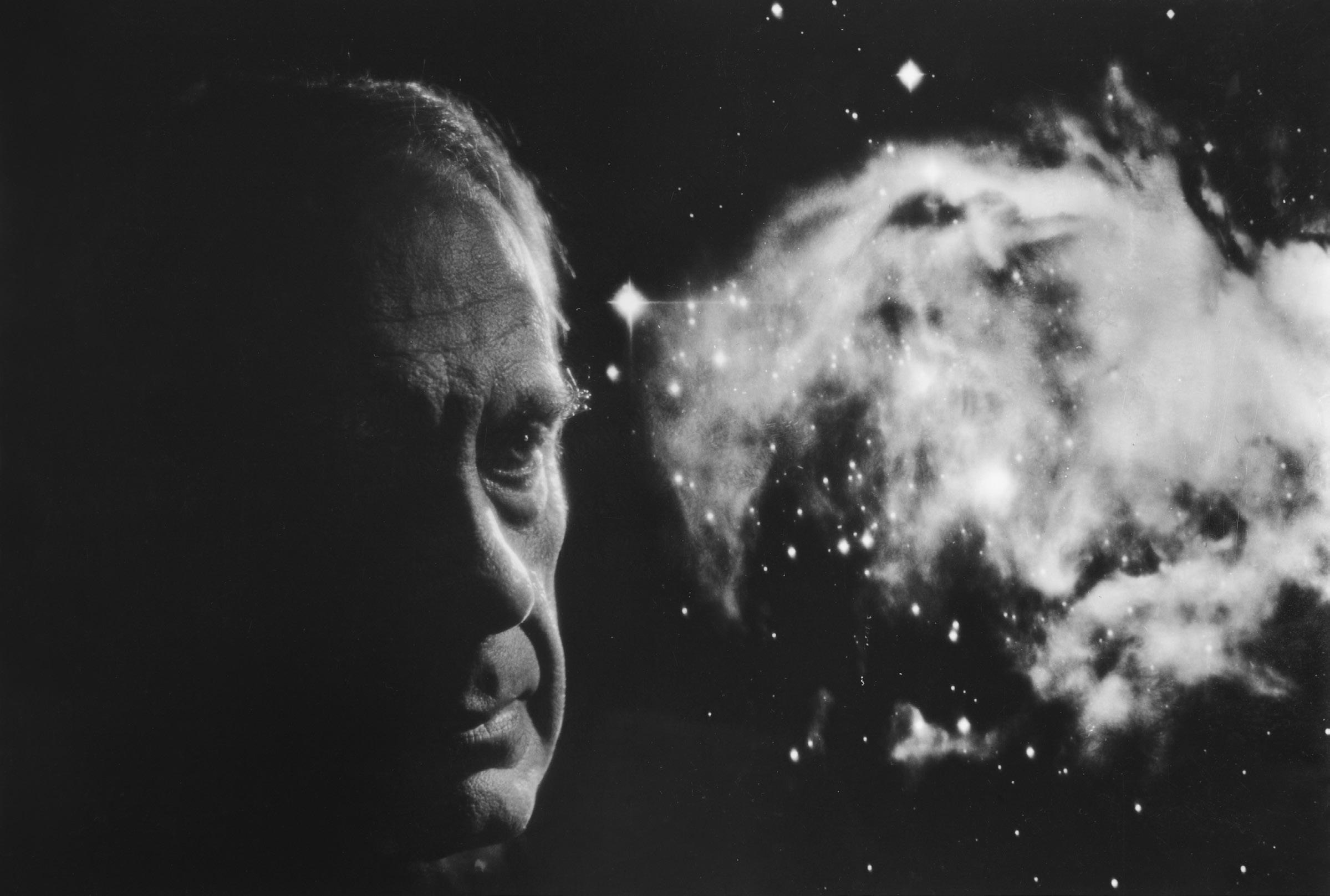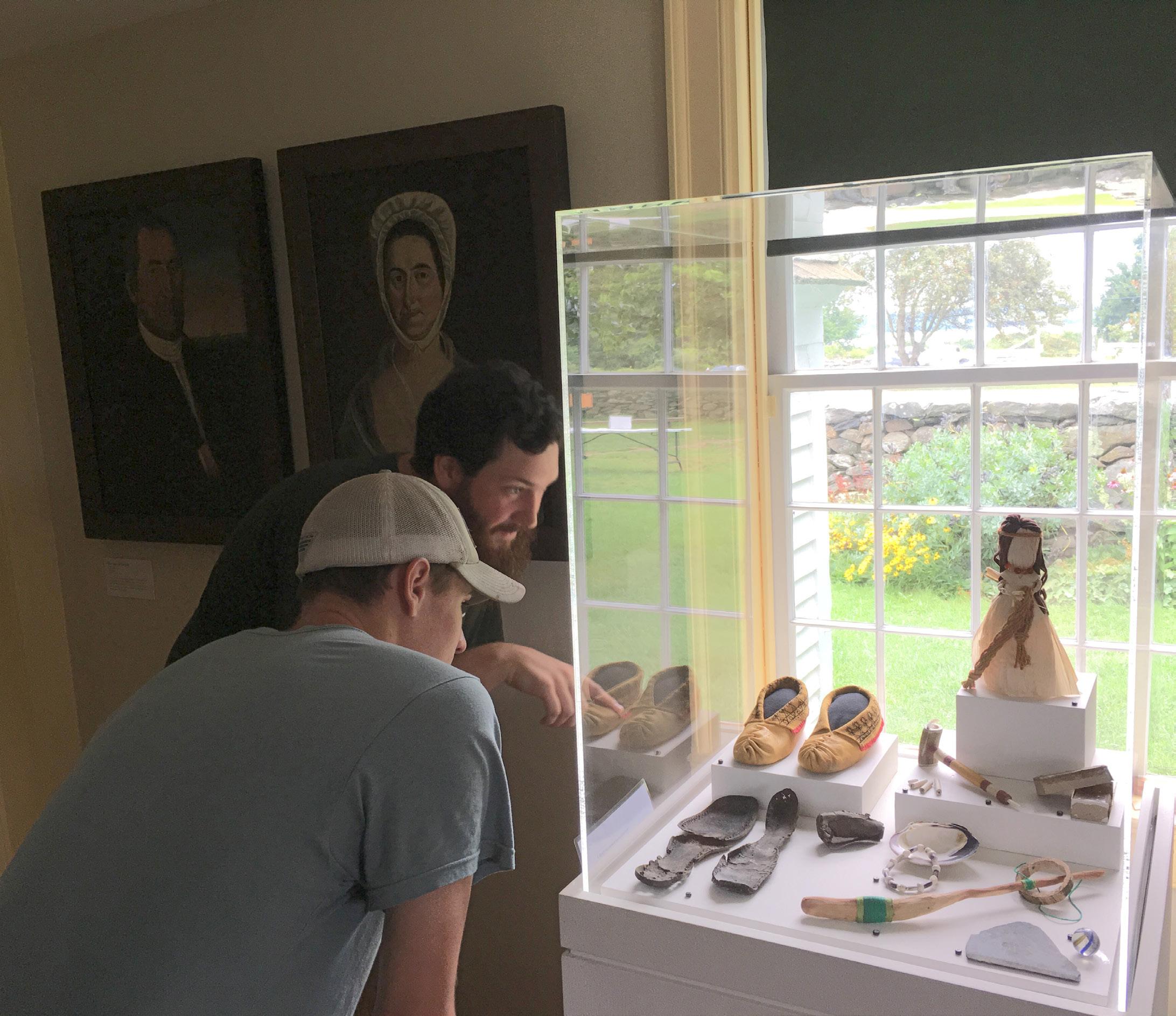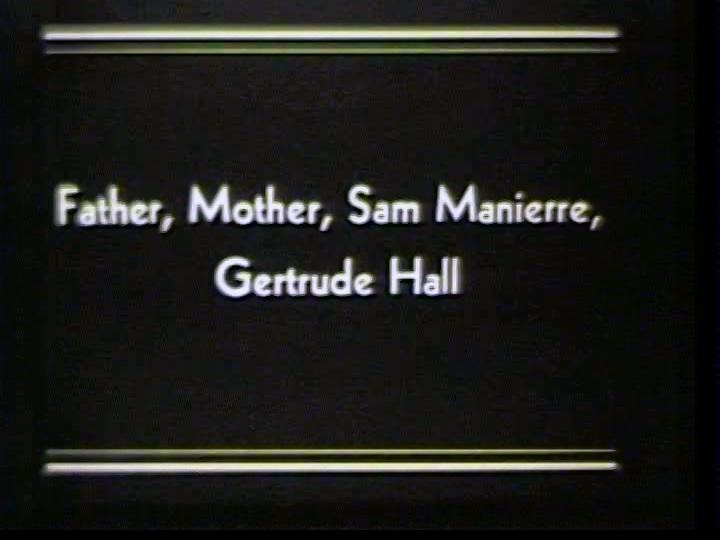
6 minute read
Merchant Aesthete
Merchant AESTHETE U.S. diplomat made it his mission to procure fine art for America
by HEIDI PRIBELL An interior designer, Heidi Pribell rescued a marble mantelpiece designed by Thomas Appleton from obscurity. It will be installed at the Museum of Fine Arts, Boston.
Thomas Jefferson commissioned him to obtain Italian marble for use in the construction of buildings at the University of Virginia. Architect Benjamin Latrobe had him purchase the same type of stone for use in the construction of the U.S. Capitol in Washington, D.C. He designed elaborate mantelpieces and hired noted Italian carvers to execute them. Such was the business of Thomas Appleton, trading in works of decorative and fine art, which he conducted while serving as a U.S. diplomat in Italy. Until his death in 1840 at age seventy-seven, Appleton was a principal supplier of Italian marble statuary to the United States. Today, however, his efforts are scarcely known.
With his passion for classical antiquity, Appleton was intent on creating a cultural legacy for the United States, one that honored the past while looking forward as the new nation came into its own in the late eighteenth and early nineteenth centuries. Appleton’s heritage, upbringing, and experience shaped his vision for a national culture.
Thomas Appleton was born in Boston in 1763 (he and Historic New England founder William Sumner Appleton were descendants of English immigrant Samuel Appleton of Ipswich, Massachusetts), the year that the French and Indian War ended. He was part of a generation of Americans nurtured during the Early Republic era, a period of rapid transition from colony to independent nation that saw the institution of the democratic ideals codified in the Constitution. Thomas’s childhood played out alongside the fervor for independence that was growing in the colonies. His father, Nathaniel Jr., was a
Heidi Pribell with the c. 1805 mantelpiece designed by Thomas Appleton (shown in inset). Carved from Carrara marble quarried in Italy, the mantelpiece is flanked by two caryatids (support columns sculpted in female form) that bear a lintel with a projecting central tablet featuring classical goddesses. (Appleton etching from the Collection of the Massachusetts Historical Society.)

leading patriot who in 1768 joined the Sons of Liberty, the clandestine organization formed to oppose British rule. When war broke out on April 19, 1775, Thomas had just turned twelve. Once the Continental Army expelled the British from Boston, the Appleton family resumed living in the city. On July 18 of the following year, thirteen-year-old Thomas no doubt would have been present for the public reading of the Declaration of Independence from the balcony of the Old State House.
In 1781, Appleton graduated from Harvard College; among his classmates was Charles Bulfinch, America’s first native-born architect. In 1786, at age twentythree, Appleton set sail for Europe, carrying a letter of introduction from Massachusetts Governor James Bowdoin to Jefferson, then the U.S. ambassador to France. He set foot in Paris and was soon a member of Jefferson’s inner circle, along with financier James Swan of Boston and John Paradise, an Anglo-Greek who was Jefferson’s language tutor and the first naturalized U.S. citizen. A lifelong friendship ensued, which Appleton and Jefferson maintained through transactions and correspondence.
Appleton had Jefferson’s support when, in 1797, General George Washington confirmed him as the first
U.S. consul at the Italian port city of Livorno, on Tuscany’s west coast. Appleton, however, was disappointed by the assignment, having spent years lobbying for a position in France. The Livorno post paid a pittance, so Appleton had to figure out how to become financially self-reliant in an unfamiliar place. He chose to make his living as an exporter, specializing in works of art, marble statuary, and various ornamental items of classical style. With grit and ambition, Appleton capitalized on his position in Livorno by hiring sculptors from Tuscany, purchasing marble used since ancient times from the nearby quarries of Carrara, and by utilizing the port of Livorno for shipping his merchandise.
Appleton’s account book, now in the Boston Public Library’s Archival Collections, details his business dealings with clients in locations ranging from Massachusetts to North Carolina. The account book also provides documentation that Appleton acted as Jefferson's agent throughout his lifetime. Jefferson trusted Appleton’s judgment in obtaining architectural components designed for ornamental use at Monticello and the University of Virginia’s Rotunda building in Charlottesville. (Jefferson based his design of the building on the Pantheon, an ancient Roman temple.)
Appleton looked to classical antiquity as the source from which to build America's cultural heritage. While President Jefferson participated in the planning of the Capitol, he called on Appleton in 1805 to select and coordinate transportation of Italian sculptors, and the Carrara marble needed for construction. Unfortunately, much of Appleton’s contribution to the project was lost when British forces burned
Washington on August 24, 1814, in the Battle of Bladensburg during the War of 1812.
Appleton profited from his acquisition in 1808 of the original plaster bust of George Washington by Giuseppe Ceracchi, an Italian sculptor who worked in the neoclassical style. Ceracchi made the bust in 1791, when Washington begrudgingly agreed to sit for the work while in Philadelphia. The sculptor’s likeness of the first president was unparalleled. Appleton was responsible for commissioning more than a dozen busts based on Ceracchi’s sculpture, some of them plain, some depicted in heroic garb— that today are held in prominent collections, including the National Portrait Gallery in Washington, the New York Public Library, and the White House.
Appleton’s most notable accomplishment may be his 1816 collaboration with Antonio Canova, another Italian neoclassical sculptor. Appleton commissioned a colossal statue of Washington on behalf of the state of North Carolina. He conceived its seated format and was responsible for designing the bas-relief narratives describing events in the first president’s life that surround the statue’s pedestal base. Canova completed the sculpture in 1820; it was installed in the rotunda of the North Carolina State House on December 24, 1821. Fire once again diminished Appleton’s legacy when the statue was lost in a blaze that destroyed the building on June 21, 1831.
With his larger-scale works destroyed, and knowledge of his smaller procurements obscured, Appleton stands very much as a lost historical figure. His expatriate status most likely contributed to his absence from history: Appleton never returned to the United States and died while still serving as consul in Livorno, a post he had held for more than four decades. However, vestiges of his work exist and are a testament to his vision of an American aesthetic, most notably, the mantelpieces he designed. Two centuries later, one of these mantelpieces was discovered in a Beacon Hill basement. The mythological figures and Hellenic expression of the mantelpiece suggest a narrative that commemorates the nation’s founding, symbolizes liberty, and hails the democratic future of the United States. In 1910 the Italian government sent this plaster replica of Antonio Canova’s colossal statue of George Washington to replace the marble sculpture destroyed in an 1831 fire at the State Capitol in Raleigh, North Carolina. Thomas Appleton negotiated the commission for the original statue, a neoclassical rendering of the first U.S. president wearing ancient Roman military armor. The replica is now in the North Carolina Museum of History in Raleigh.









